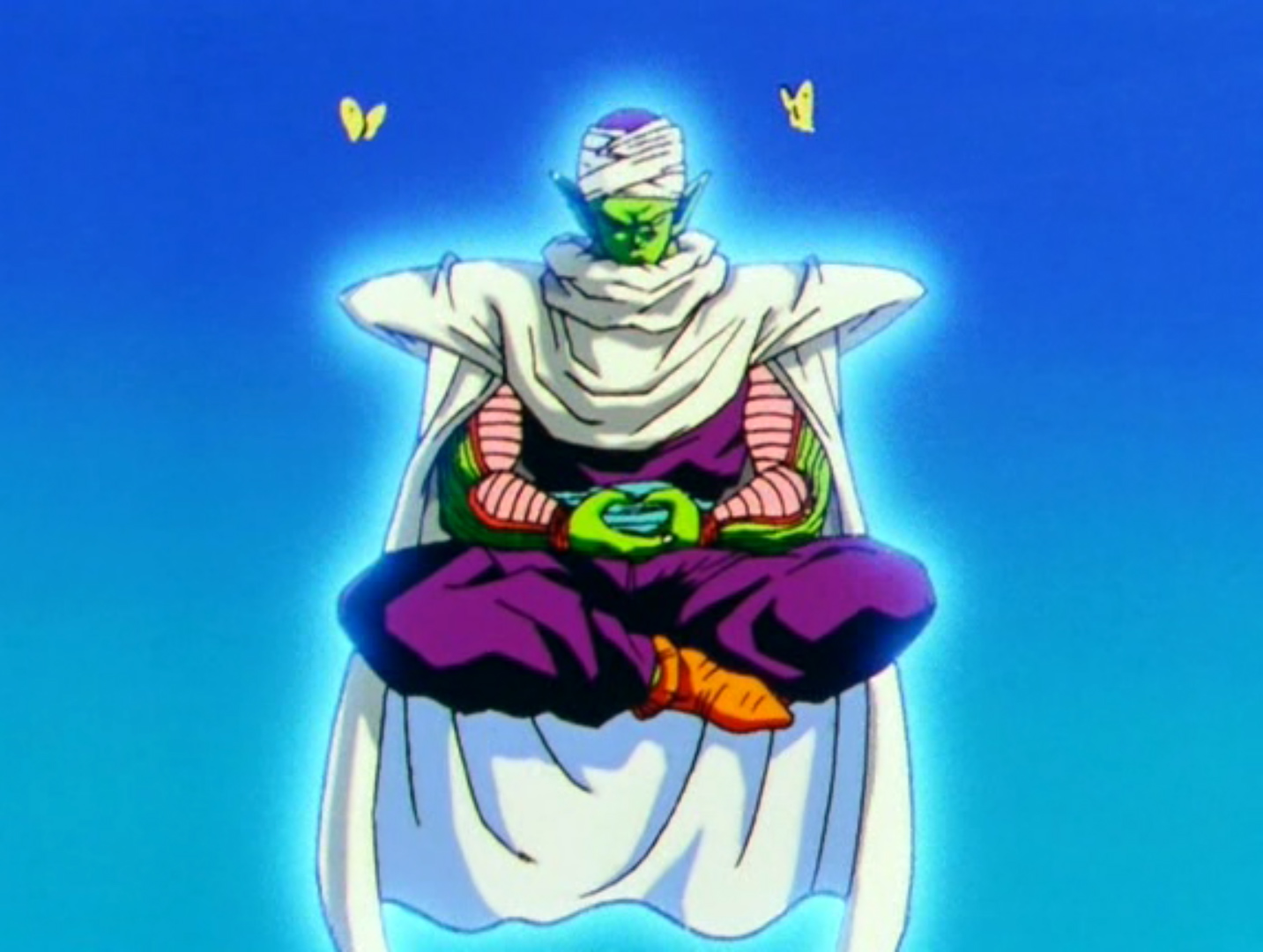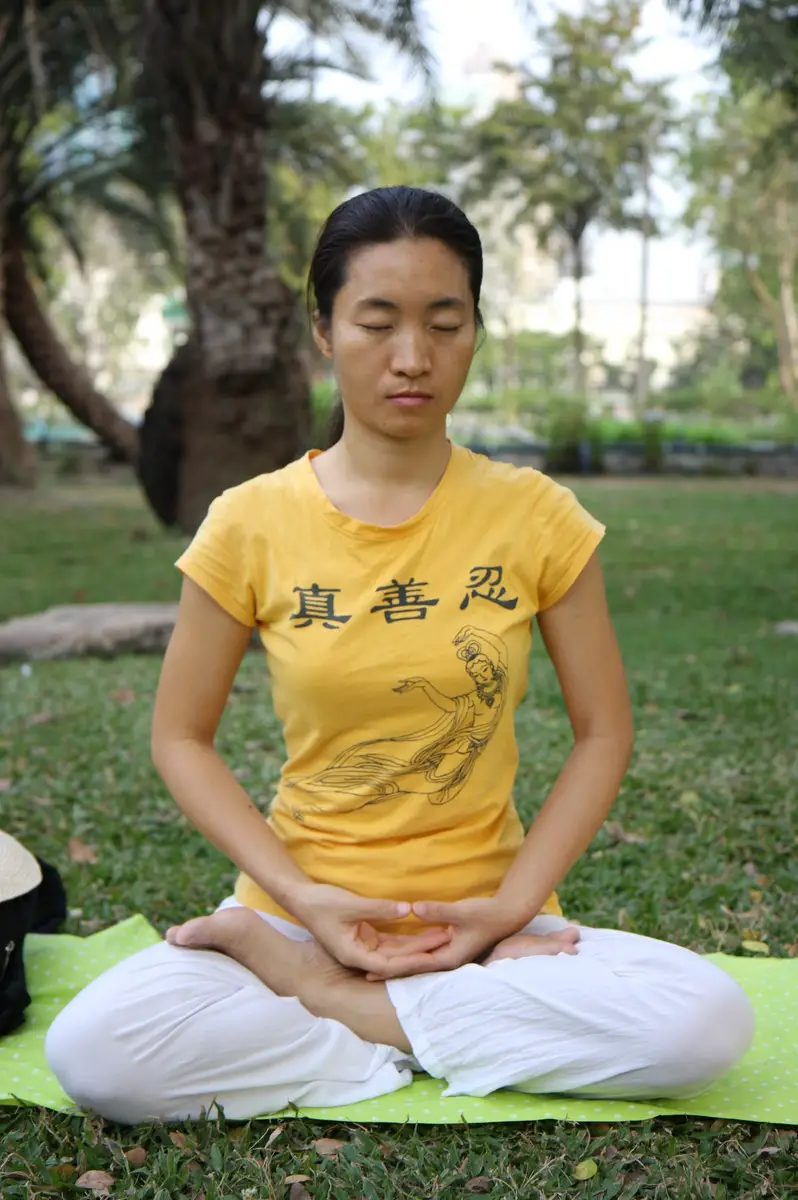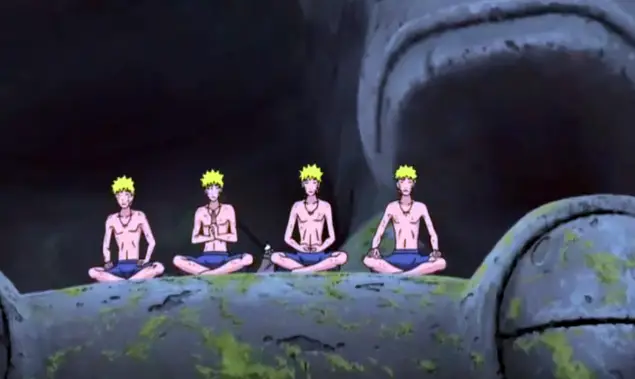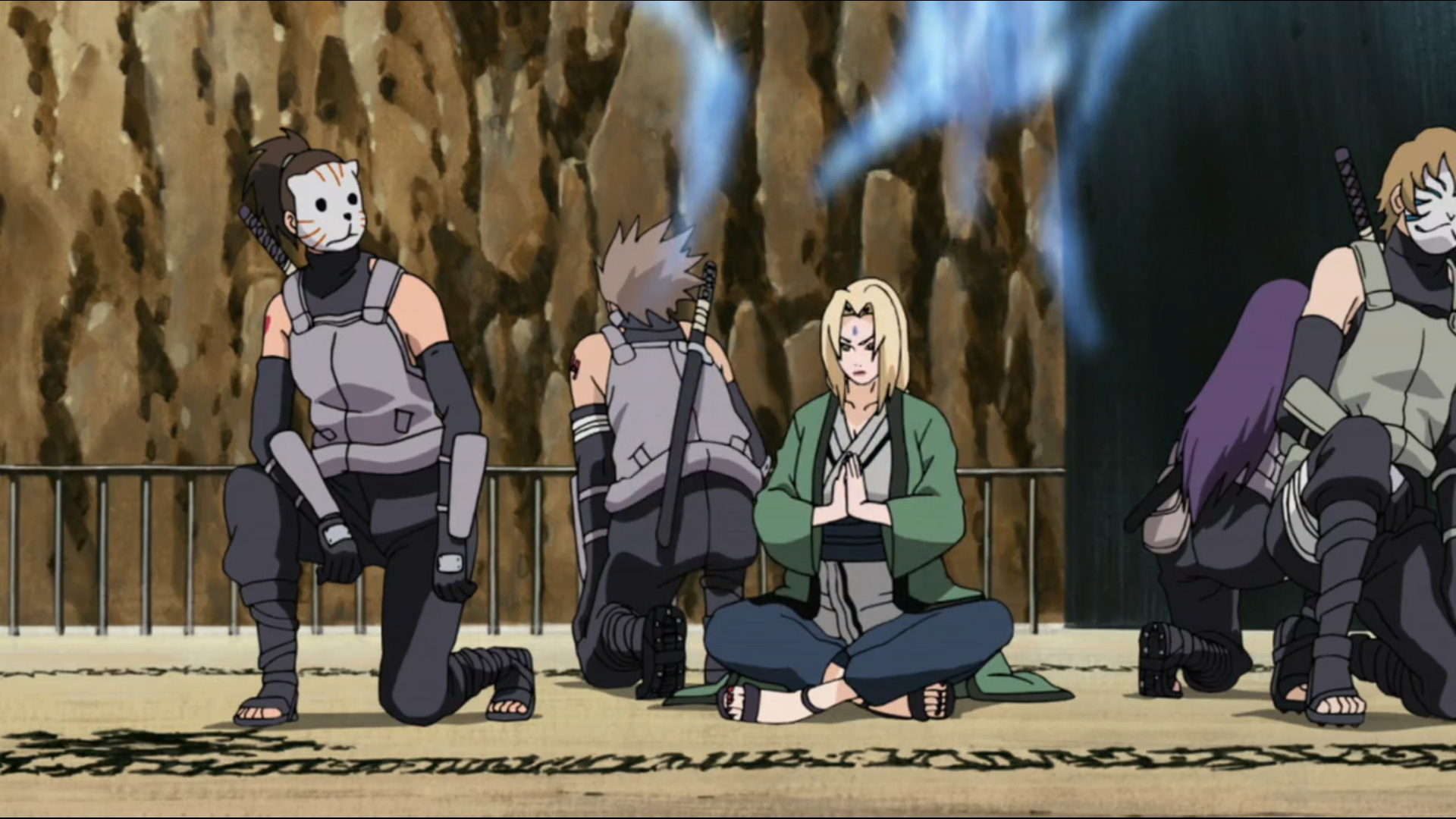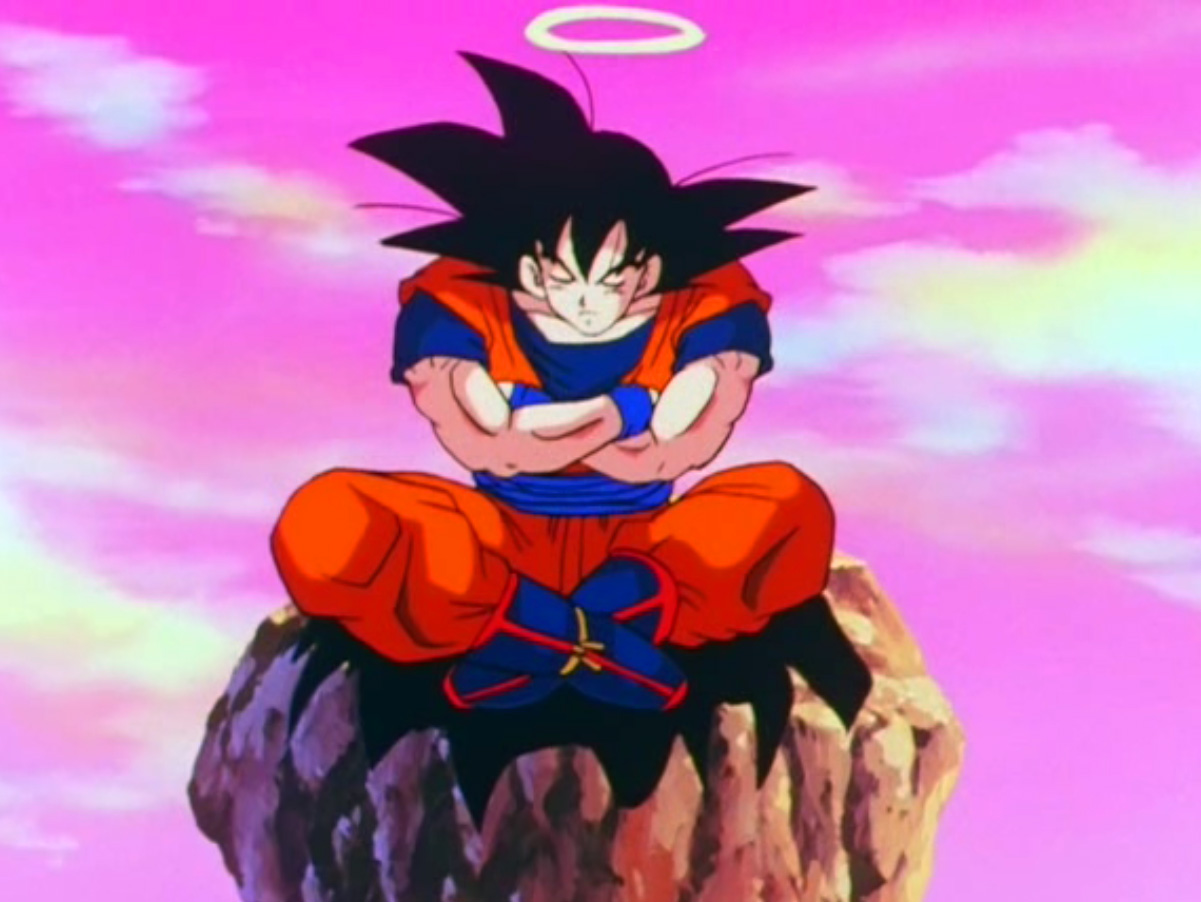The Lotus Position in Anime And Manga
The Full Lotus position is a seated cross legged position employed in meditation practices throughout the world. In anime and manga it is often depicted incorrectly. But so far nobody on the internet has seemed to notice.
The Full Lotus position has a rich cultural background, many purposes and benefits, and is sometimes depicted in anime and manga… Though rarely in the traditional way. This is especially true in the Shonen (Young Boys) genre, such as in Dragon Ball.
In Dragon Ball there are martial artists and individual styles of martial arts based cultivation practices. Some of the practices involve meditation. For example, there are scenes where Piccolo meditates in a cross legged position as he levitates above the ground using his own internal energy. Meditation is the primary way in which Piccolo increases his power level. In this practice he strengthens and refines his supernormal abilities. While Yamcha, Tenshinhan and Chaozu engaged in North Kaio’s special training methods during the Saiyan Saga, Piccolo only sat in meditation. Yet in this simple process he became more powerful than all of them.
But the seated position that Piccolo maintains is not the proper Full Lotus. Instead it is a general cross legged position, with one ankle loosely crossed in front of the other. He supposedly sits like this for hours at a time.
However, it is nearly impossible to sit like this for extended periods of time. The body is too tense and a practitioner cannot enter into tranquility. The Full Lotus is a remedy to this problem.
What is the Full Lotus?
What exactly is the Full Lotus position and what makes it different from a regular cross legged sit?
The Full Lotus Position is a special way of sitting that is taught primarily in spiritual or meditative practices, and is historically attributed to practices in India. From India, the practice of Buddhism spread into China (and elsewhere), then Korea and finally Japan, where it took root and became distinctively Japanese.
There are different terms for this practice. In Indian Sanskrit the yogic practice of seated meditation is called Asana (to sit down), while in Chinese meditation it is called Da Zou (Big Sit), and in Japanese meditation it is called Zazen (seated wordless).
Full Lotus position brings both legs up in a cross so that the ankles of both legs are turned over and the soles of both feet are turned up. This allows for all “Five Centers to Face Heaven” (so that the soles of the feet, the palms of the hands, and the top of the head each face up).
Another traditional seated position for cultivation exercises in meditation is the Half Lotus.
Half Lotus involves bringing one leg up in a crossed position so that the sole of the foot faces up and rests in a straight line across the other leg. For males the left leg will be on top while for females the right leg will be on top, though this can vary among practices, and is sometimes performed in such a way in order to bring balance to the different amounts of yin and yang between the genders.
Why Full Lotus?
There are several benefits for and reasons behind the Full Lotus seated position.
The first is stability. Having both ankles above the lower legs causes the upper legs to make more surface contact with the ground. This prevents the practitioner from swaying back and forth in uncomfortable states that might be found in the general cross legged position. It also removes stress from the hip-flexors, pelvis and lower back, and allows the practitioner to fully relax their body, a state that is necessary to achieve in practices of both mind and body.
I’ve also heard it said that because of the increased stability of the Full Lotus, a monk who falls asleep during the practice will not tip over. While this may be true, it is also misleading as the true purpose is to allow the monks to enter into a trance or transcendental state of heightened awareness where they leave the body. The Full Lotus position ensures that the practitioner’s body will remain upright upon their return.
On another level, the Full Lotus position promotes the full rotation of energy through the practitioners’ energy channels, from the entire yin side of the body to the entire yang side of the body. This position is necessary for a practitioner to fully refine and transform their innate body in all dimensions.
So Then, Why Not Full Lotus?
With all of the cultural, physical and metaphysical rationale and meaning within the Full Lotus, why do Japanese comic books and cartoons almost always depict this practice inaccurately? Even in the case of deliberately spiritual or martial arts based characters, they still don’t perform Full Lotus.
I scoured the web for an answer and it seems nobody has talked about this (at least not in English.) Therefore, I have a few theories.
The first is that Full Lotus is a difficult position to enter into for those without special training or with a relatively inflexible body. It’s possible there was concern in the Japanese manga and anime sectors that young children would emulate their favorite hero’s and hurt themselves in the process. For this reason, such depictions were changed to the general cross legged position, with the same basic understanding implied that the person sitting down was spiritually inclined.
To get closer to the truth I asked an expert in anime and manga for their opinion – Jason Thompson, the once head editor at VIZ Media in charge of Dragon Ball’s North American comic release. On May 9th, 2010 via email Jason said “I don’t know much about the subject, but I’ve never heard of any restriction or taboo’s about depicting the lotus position, either for religious reasons or bad for children reasons. Perhaps the cross legged position is just easier to draw.”
The easier to draw theory might be the case, but I can’t help but think that the mangaka are well versed in human anatomy and clearly have no trouble depicting advanced martial arts techniques. Why would this position pose a problem?
In that same train of thought, the reason may be one of religious tolerance or concern for the actual forthright depictions of spiritual cultivators in meditation practice in a cartoon based medium. Jason suggested that perhaps Buddhists in Japan might find it offensive, though he followed the hypothetical with “But it seems unlikely, considering that manga and anime make fun of Buddhism as often as they make fun of Christianity, which is a lot.” I could not find examples of this type of humor in English to confirm if this is true, though I figure if modern jokes that deal with Buddhism were commonly approved by the producers and directors that green light a series, then a seated leg position would not be an issue as it is rather minor in comparison.
There could also be fears of fringe spiritual practices becoming popular in Japanese society at large, in recoil from such movements as Aum Shinrikyo and their 1995 sarin gas attacks on the Tokyo subways. This event changed the perception of any practice that involves Full Lotus meditation, though not as much in regards to the generally accepted religions of Japan, which includes Buddhism.
This stigma still exists in Japan and may explain the post 1995 depictions of the seated position, as even today we see the general cross legged form in new episodes of anime.
In Naruto Shippudden episode 156 (Surpassing the Master, April 15th 2010) we see Naruto endure his training in the sennin arts (aka hermit arts, or sage arts). In this episode he learns how to still his body and mind in order to draw in the nature chakra that surrounds all living beings. Naruto sits on top of a piece of stone tile which is carefully balanced on top of a large stone spire hundreds of feet in the air. Of course he does not sit in Full Lotus, even though this would provide him with the most balance and stability.
Likewise, in Naruto Shippudden episode 159 (Kakashi vs. Pain, May 5th, 2010) we see Lady Tsunade in this same position as she uses her Katsuya summon to help heal the villagers inside Konoha and to protect them from further devastation.
In other series, even characters that are blatantly supposed to be Buddhist monks don’t sit in Full Lotus, such as Chichiri from Fushigi Yugi: The Mysterious Play (1995-1996).
However, this stigma would not explain the pre 1995 incidents, such as in Dragon Ball Z episode 208 (Welcome Back Goku! The Whole Z Team is Gathered!, November 24, 1993) where we see Goku train in deep meditation on top of a mountain in preparation for his oncoming fights in the Tenkaichi Budokai tournament.
Another possibility is that a decision maker at TOEI (TV), Shueisha (comics), or some other large publishing house made a decision to not depict Full Lotus in its traditional form (for whatever reason), and this is how it has been ever since.
The final explanation, and the one that I believe is most likely, is that the mangaka simply don’t understand true cultivation practices of mind and body. They have a basic understanding of the principles or physical positions as well as the philosophy behind them, but not the actual reasons or rationale of how they work.
Maybe somebody in the creative community knew that people were supposed to sit in meditation in order to develop supernormal abilities or superhuman strength, but they didn’t actually know how it was done. Then the next artist came along and copied the first person.
There are exceptions of course, such as L, from Death Note.
In any case, this appears to still be the trend and has been for over 20 years.
A Rising Lotus
There are running gags and themes that surround the Full Lotus position in anime and manga and the physical posture is symbolic of a character’s personality.
In some cases you’ll see the character sitting there with legs slightly crossed and then they will levitate into the air. This is supposed to show that they are spiritually inclined characters or serve as a joke that they are holier than the other characters.
Though as mentioned, the general legs crossed position would be incredibly difficult to maintain, especially while suspended because all of the pressure would be on the hip-flexors. There would be no way to attain a meditative state.
So in conclusion I’m not really sure why the Full Lotus position isn’t depicted correctly, even when the situation calls for it or the character in question is a professional martial artist or spiritualist.
It’s also possible I’ve put way too much thought into this, as I tend to do. But why hasn’t anybody else out there noticed? Don’t you think it’s interesting?
If anyone in the anime or manga fan community has an idea of why this is or has a comment on the situation, then please let us know.
Resources
http://en.wikipedia.org/wiki/Lotus_position
http://japanese-religions.jp/publications/assets/JR31_2_a_Repp2.pdf
